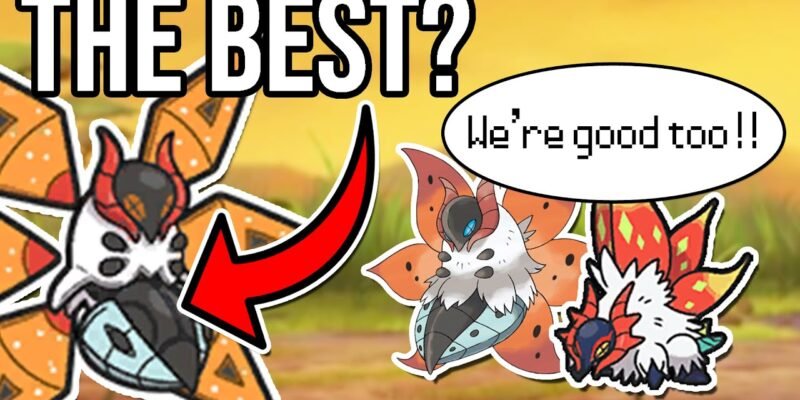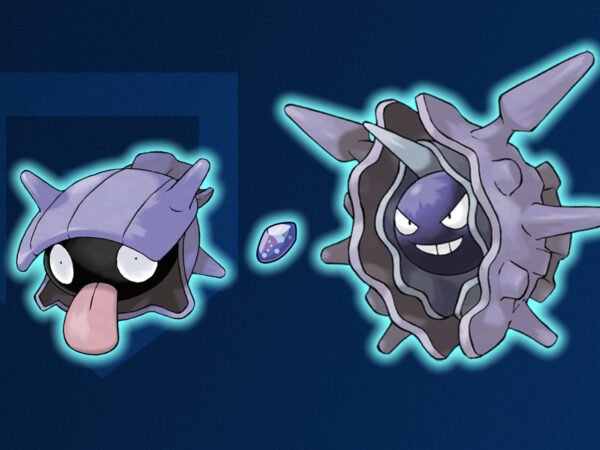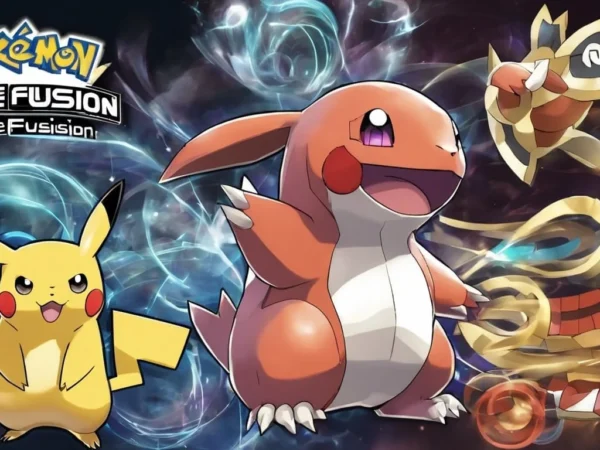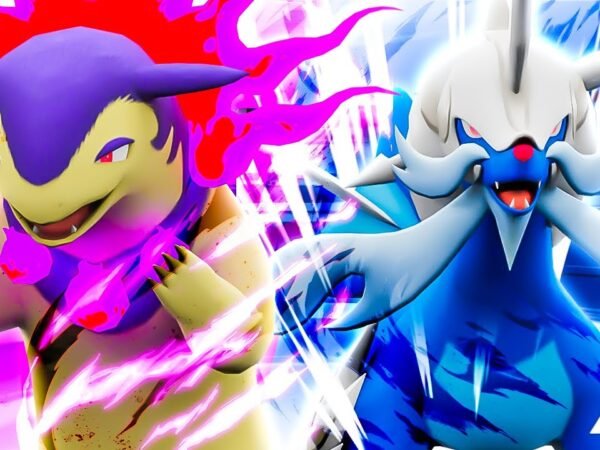Volcarona, the fiery iron moth Pokémon, has been a formidable contender in competitive Pokémon since its introduction in Generation V. In Pokémon Scarlet and Violet, Volcarona gains two intriguing Paradox forms: the ancient Slither Wing and the futuristic Iron Moth. Each form brings its unique strengths to the battlefield, making them formidable in their own right. But which of these three Volcaronas reigns supreme? Let’s dive into their characteristics and find out.
Slither Wing: The Ancient Warrior
Slither Wing is a physical powerhouse with a Bug/Fighting typing, setting it apart from the traditional special attacking Volcarona. This form boasts an impressive Attack stat and solid Special Defense, making it a bulky yet threatening presence on the field.
Strengths:
- Bulky Attacker: Slither Wing can leverage its bulk with an Assault Vest, acting as a resilient pivot in battles.
- Stab Options: It has access to powerful moves like U-turn, First Impression, and Close Combat, making it versatile in combat.
- Wall Breaker: With a Choice Band, especially under sun conditions, Slither Wing can break through many defensive teams.
Weaknesses:
Despite its strengths, Slither Wing faces stiff competition from other Fighting-type Pokémon like Great Tusk and Iron Hands. Great Tusk’s Ground typing offers superior defensive capabilities and utility moves like Knock Off and Rapid Spin. Meanwhile, Iron Hands’ higher HP, Attack, and Defense stats make it a more tempting choice for many players.
Also, Read: Pokémon Fusions Calculator: A Colorful Journey
Volcarona: The Classic Competitor
The original Volcarona remains a staple in competitive play, thanks to its excellent offensive typing and stats. Its access to Quiver Dance, one of the best boosting moves in the game, keeps it relevant even in the current meta.
Strengths:
- Quiver Dance: This move significantly boosts Volcarona’s Special Attack, Special Defense, and Speed, making it a formidable sweeper.
- Flame Body: This ability can deter opponents from using physical contact moves, adding a layer of defensive utility.
- Terastalizing Options: Terra Grass is a popular choice, removing Volcarona’s Water weakness and enhancing the power of Giga Drain.
Weaknesses:
Volcarona’s 4x weakness to Stealth Rock is a significant drawback. However, the introduction of Heavy-Duty Boots in Generation VIII has mitigated this issue, allowing Volcarona to continue shining on offensive teams.
Iron Moth: The Futuristic Menace
Iron Moth, with its Fire/Poison typing, brings a new dynamic to the table. It offers a small but crucial boost to Special Attack and Speed compared to the original Volcarona, making it an immediate threat.
Strengths:
- Quark Drive: This ability, paired with the Booster Energy item, enhances Iron Moth’s offensive power without needing a setup turn.
- Fire/Poison Typing: This typing is excellent offensively, particularly against common Fairy-types.
- Agility Access: Iron Moth can further boost its Speed with Agility, combined with Terastalizing to gain a strong defensive typing, making it a sweeping powerhouse.
Weaknesses:
While Flame Body is useful, Quark Drive’s offensive boost and agility make Iron Moth more immediately threatening in battle. Its main challenge is managing its setup, but once achieved, it can outspeed and outgun most opponents.
The Verdict: Ranking the Volcaronas
3. Slither Wing: Despite its strengths, Slither Wing is often overshadowed by other bulky Fighting-types like Great Tusk and Iron Hands. Its vulnerabilities to common defensive tactics and competition make it the weakest of the three.
2. Volcarona: The original Volcarona remains a strong choice, particularly for teams that can capitalize on its Quiver Dance setup. Its synergy with support Pokémon and ability to handle different threats keeps it in the running.
1. Iron Moth: The slight edge in Speed and Special Attack, combined with Quark Drive and agility options, make Iron Moth the top contender. Its offensive prowess and versatility in Terastalizing give it the edge in the current meta.
Our Parent’s site Software Bench.!.
Conclusion
Volcarona’s Paradox forms add exciting new dimensions to competitive play in Pokémon Scarlet and Violet. Each form offers unique strengths, but Iron Moth’s immediate threat potential and versatile offensive capabilities make it the strongest of the trio. However, the ever-evolving metagame could shift these rankings, so keep experimenting and find what works best for your team!
What do you think? How would you rank the three forms of Volcarona? Share your thoughts in the comments below and stay tuned for more competitive Pokémon insights!













